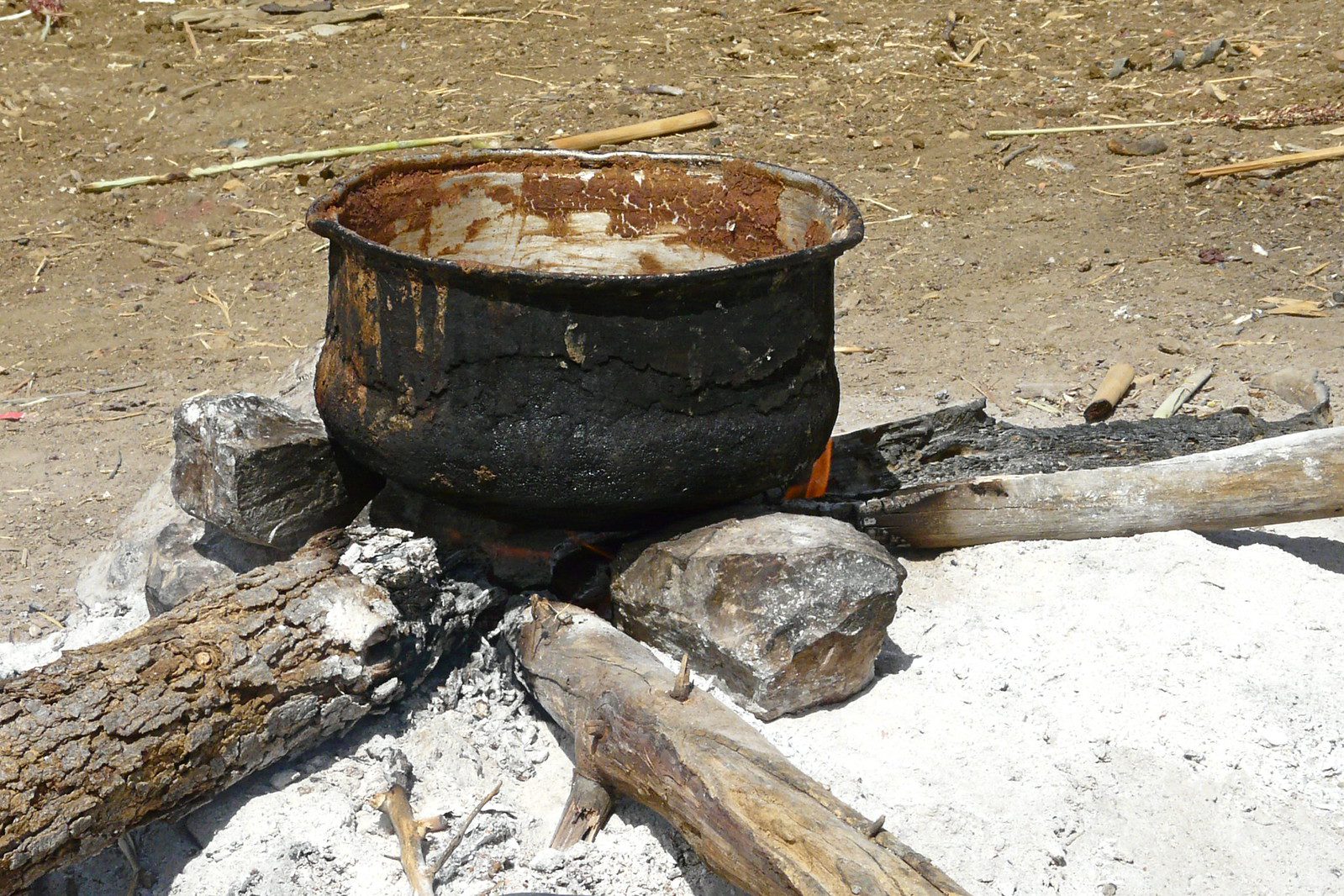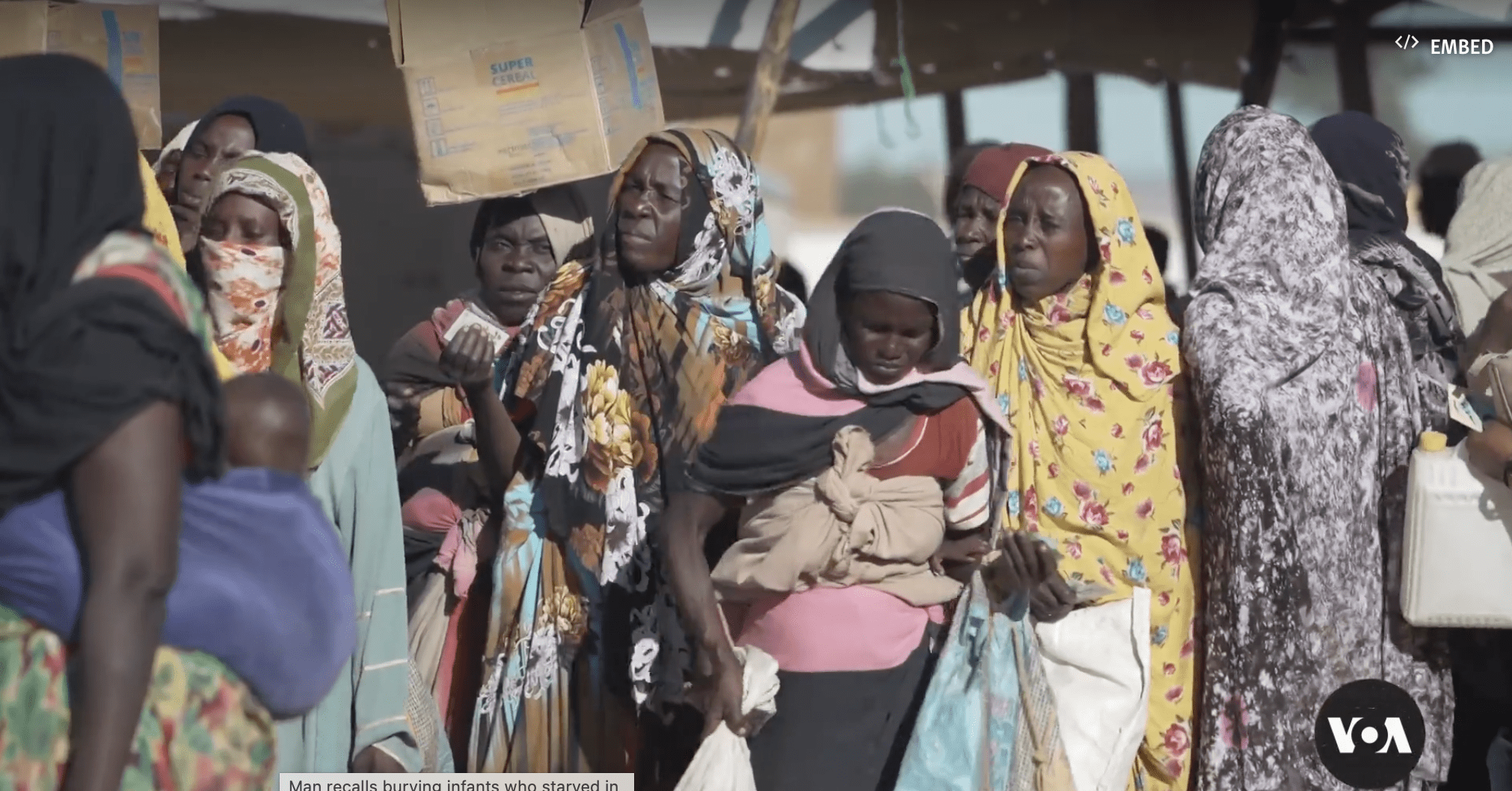Originally published by BBC News on February 7, 2021.
Every day, more and more reports of starvation trickle out of the Tigray region of Ethiopia that has been hit by conflict.
On Wednesday, Mark Lowcock, chief of humanitarian affairs at the United Nations, warned of a deteriorating humanitarian crisis in which aid still wasn’t reaching many affected people.
Earlier in the week, his predecessor Jan Egeland, now head of the Norwegian Refugee Council, was more blunt: “In all my years as an aid worker, I have rarely seen a humanitarian response so impeded and unable to deliver in response for so long, to so many with such pressing needs.”
Mr Egeland went on to say: “The entire aid sector . . . must also recognise our failure to define the scale of the crisis.”
In other words, will the United Nations call out “famine” and if so when?
Farming in Tigray’s rocky soils has long been a precarious endeavour, made worse over the last year by a plague of locusts. At the close of the growing season in September last year, international food security assessments were that 1.6 million of Tigray’s seven million people were relying on food aid to survive.
Conflict broke out on 4 November between forces from the region’s now-ousted ruling party, the Tigray People’s Liberation Front (TPLF), and federal troops following sharp differences over the political make-up of the federal government.
The TPLF opposed the 2019 decision of Prime Minister Aibiy Ahmed to dissolve the ruling coalition, of which it was a part, leading to tensions that spiralled out of control.
The UN is now quietly admitting what others – including the United States – have been saying for weeks, which is that Eritrean troops control much of Tigray. The Ethiopian and Eritrean governments continue to deny this.
Most of Tigray has been sealed off from the world since then. Aid agencies are beginning to send their staff back in, and what they describe is disturbing: hospitals ransacked, people living in fear unable to obtain food or money, deaths from hunger and treatable illnesses.
Some Tigrayans who are able to make phone calls tell of massive looting, burning of crops, and literally millions of people beyond the reach of humanitarian aid.
In a leaked internal memo from 8 January, humanitarian staff from the UN, aid agencies and local government warned that hundreds of thousands were at risk of starving to death. They reported that they could not reach 99% of those in need – a number that aid agencies estimate is 4.5 million – more than 60% of Tigray’s population.
The Ethiopian government insists that these reports are exaggerated at best, and that it has the humanitarian crisis under control. It says that only 2.5 million people are in need and says it can reach almost all of them.
Ethiopia’s history of famine denial
It asks the European Union – its biggest donor – not to be distracted by the “transient challenge” of emergency aid to Tigray, and to continue its generous development aid to the country.
However, there is a history of Ethiopian governments hiding their famines.
In 1973, Jonathan Dimbleby’s film The Unknown Famine exposed mass starvation, hidden from the world by Emperor Haile Selassie. About 200,000 people died in the famine.
The emperor’s callous indifference brought Ethiopians on to the streets to protest and he was overthrown the next year.
In 1984, Tigray and the next-door province of Wollo were the epicentre of another famine, this time caused by a combination of drought and war, that led to between 600,000 and one million deaths.
The Ethiopian government at the time denied the existence of that famine until it was exposed by a BBC film crew, led by Michael Buerk and Mohamed Amin. That news report moved pop star Bob Geldof to record Do They Know Its Christmas? and provoke a global outpouring of charity.
That famine discredited the military government of Colonel Mengistu Haile Mariam at home and abroad. Ethiopians hated being seen as beggars by the rest of the world.
In 2001, Ethiopia, then led by the TPLF, disputed the existence of famine conditions in the south-east of the country, where it was fighting an insurgency. An estimated 20,000-25,000 died in what was officially designated a “humanitarian emergency”.
Over the decades, the international humanitarian system has become far larger and more professional. There are sophisticated systems for monitoring child nutrition and food availability in African countries to give timely warning of food crises, to prevent famine.
Five years ago, the Ethiopian government and foreign donors responded to nationwide drought, setting up a relief programme that helped 10.2 million people.
Instead of old-fashioned food handouts, aid was designed to reach villagers before they were forced to sell their cattle and sheep, and to help them stay on their farms to plant for the next year.
But there are two big differences between the 2015-2016 emergency programme and the situation today: information and politics.
There simply isn’t enough information for the UN to declare a famine.
About 15 years ago, humanitarian professionals in the UN developed a standardized metric for measuring food insecurity. They came up with the “integrated food security phase classification” system, known as the IPC.
It has five levels, from “minimal food insecurity” through increasing degrees of severity to the worst level, “famine”. The IPC uses a standard set of indicators including food consumption, numbers of malnourished children, and death rates.
‘No data, no famine’
This official definition of famine is much more precise than its everyday use as “large numbers of people suffering life-threatening hunger”.
But in solving one problem, the IPC system set up another. Now the UN can only cry “famine” when it has certain very specific information.
And, determined to avoid getting a “famine” designation, governments often conceal or manipulate data to achieve their goal – and downplay the severity of hunger. Meanwhile, in the next levels down, “emergency” and “crisis”, people are still dying – just at a slightly lower rate.
The UN has encountered this problem recently in other humanitarian disasters. In Yemen, the Saudi-led coalition, its client government and the Houthi authorities have denied humanitarian agencies access to hungry areas, meaning they can’t conduct surveys.
Without data on malnutrition, child deaths and food consumption, the members of the IPC committee arrive at the cautious conclusion that it’s an emergency, but they can’t say “famine” because they don’t have the information to prove it.
In South Sudan, the government couldn’t stop the data gathering. But it intervened in the IPC food assessment in December to downgrade the “famine likely” finding.
We shouldn’t be quibbling over definitions. According to a study by the London School of Hygiene and Tropical Medicine, over 380,000 people died of hunger and violence over the five years of South Sudan’s civil war – but only around 1% of these died in places that met the official threshold of “famine” in Unity State in 2017.
‘Dilemma for aid agencies’
The other big problem is politics. When the cause of mass starvation is military policy, humanitarian agencies face a terrible dilemma. Will they denounce the abuses and risk getting thrown out of the country? Or will they stay silent and become complicit in starvation crimes?
The Ethiopian government admits only to “sporadic fighting”. However, reports from the affected area show that vast swathes of rural Tigray are either battlefields or are controlled by the insurgent TPLF.
Under the definition of international humanitarian law, this is an armed conflict, and the Tigray rebels constitute a belligerent party. Getting aid to the hungry needs negotiations for a ceasefire with the TPLF – it simply can’t be done with the co-operation of one side only.
Up to now, the TPLF hasn’t offered a ceasefire or access to aid agencies. And there’s always a risk that the rebels will misuse the aid to feed their own troops. That’s why international monitoring is essential.
The starvation in Tigray poses the humanitarians’ dilemma in its sharpest form. How can they challenge the official story about the crisis without endangering their limited but essential operations?
There’s an old truism among aid workers: humanitarian crises don’t have humanitarian solutions. What’s needed is high-level political action.
Recognizing this as a problem that recurs in crises as diverse as Syria and Congo, three years ago the UN Security Council passed resolution 2417 on armed conflict and hunger.
As well as reiterating that the use of hunger as a weapon may constitute a war crime, the resolution, which has not been activated up to now, requires the UN Secretary General to alert the Security Council quickly whenever there is a possibility that armed conflict will lead to widespread food insecurity or famine.
The resolution could almost have been designed with the Tigray crisis in mind.
But humanitarian agencies are nervous about invoking it, because they don’t want to offend the Ethiopian government.
We can’t put reliable numbers on the hunger, sickness and death in Tigray, but we know enough to be sure that an immense tragedy is unfolding.

Alex de Waal is the executive director of the World Peace Foundation at the Fletcher School of Law and Diplomacy at Tufts University in the US.


